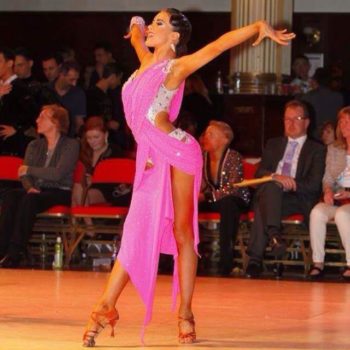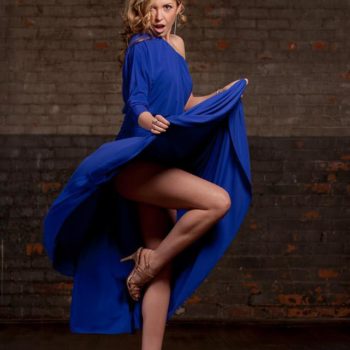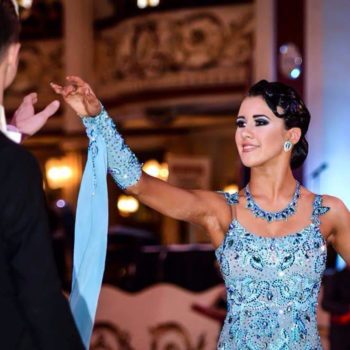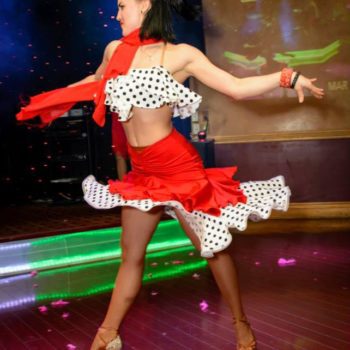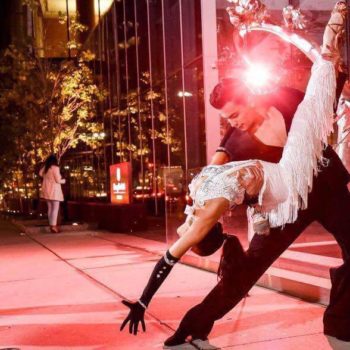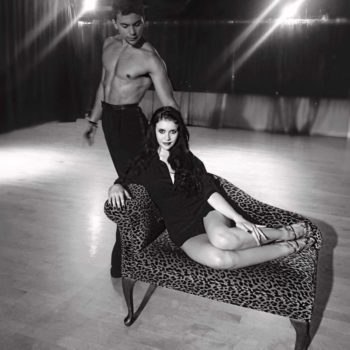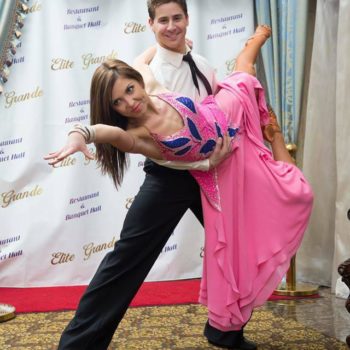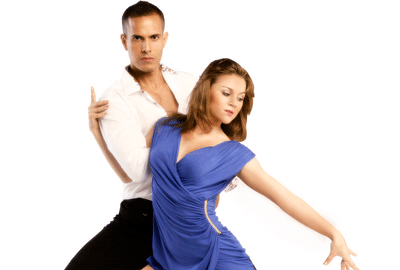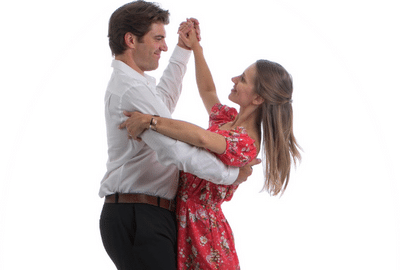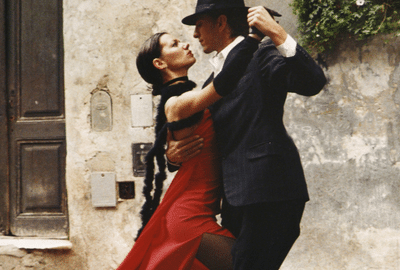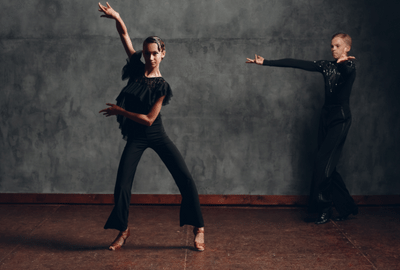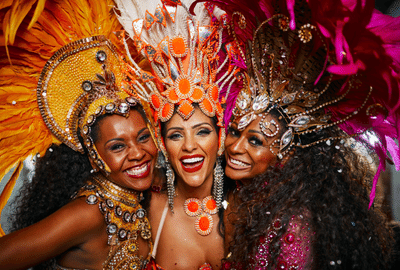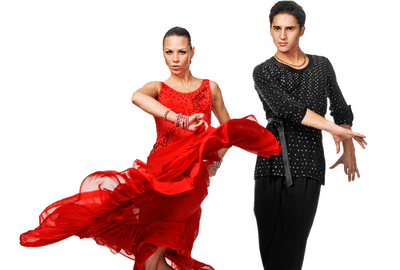DANCE WITH US ANYTIME, ANYWHERE!
Hire Dancers
Looking for dancers for your wedding, special event, music video or more? Hire a Performer. We have what it takes.
Find Local Dancers for Hire
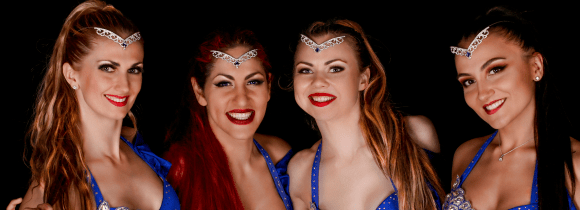
Dancers For Events
If your looking to book dance entertainment at your corporate event, branding launch, wedding or more contact us.
Get Dancers For Your Event
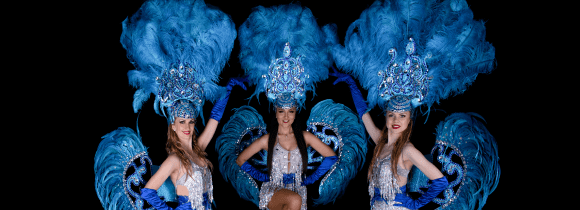
Order a call back
DANCE PERFORMERS FOR EVENTS
Bring life to your events, galas and dinners with dancers! Choose from showgirls, breakdancers, belly dance performers, hip-hop dancers and more.
Belly Dancers
Bring in a Bellydancer, especially one specializing in Egyptian style, for your event.
Hire belly dancers
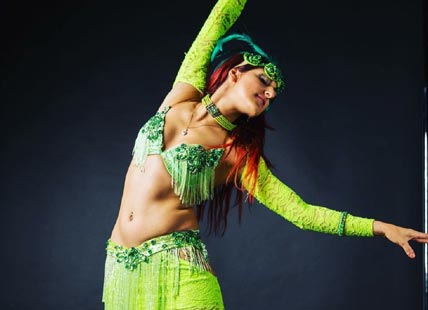
Bollywood Dancers
Our Indian Bollywood Dance performers are very adaptable and can be requested for interactive performances for the viewers.
Hire bollywood dancers
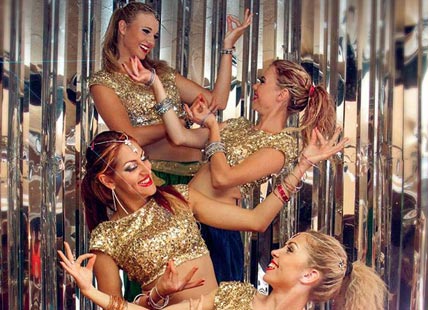
Contemporary
We can provide both classic and modern dancers. Our professionally trained contemporary dancers.
Hire contemporary dancers



